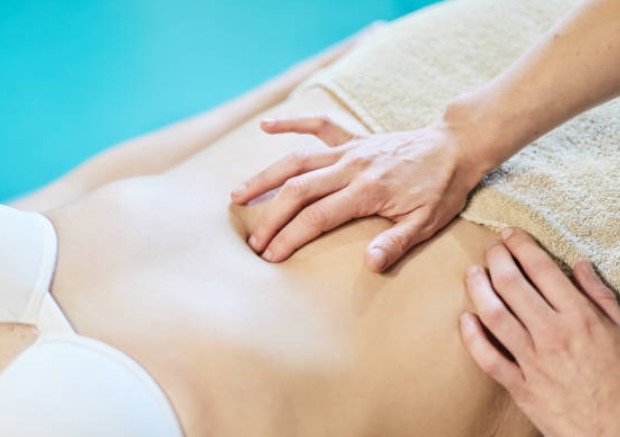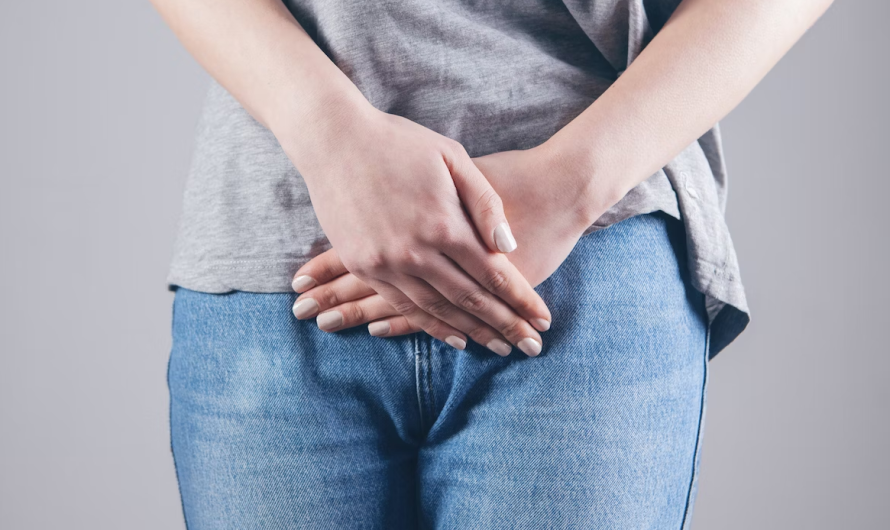How Physical Therapy Promotes Pelvic Health
Pelvic health is a crucial part of our general health, but it is overlooked most of the time. When pelvic health is neglected, it can result in conditions such as urinary incontinence. Plans have been designed tor, they can eliminate the problems associated with urinary incontinence.
Urinary incontinence
Urinary incontinence is affected the most.



